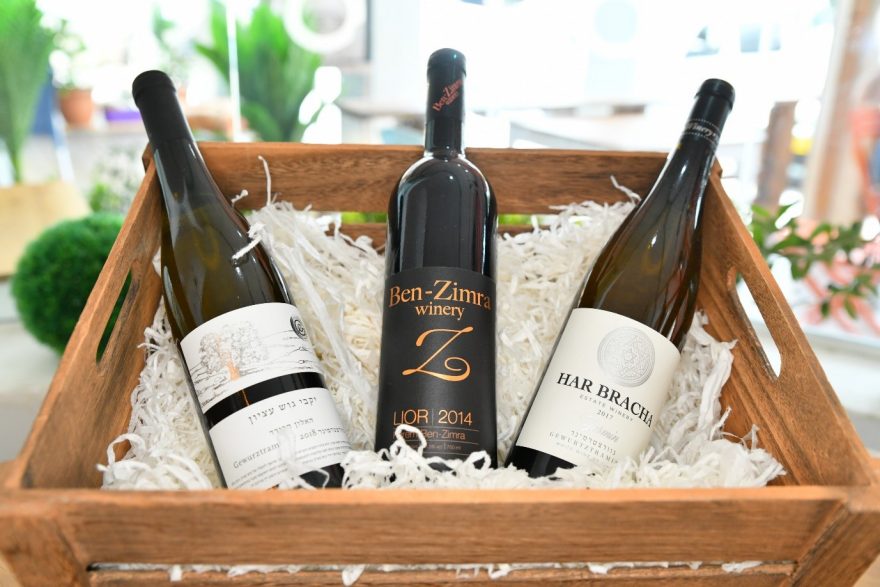
How to Read a Wine Label
Wine lovers can tell whether the wine they have selected is suitable for their palette by soaking in the abundant information found within the wine label. Before you make a purchase, knowing how to read the wine label can be extremely useful to ensure that you’ve made the right choice and help you find what you want. It’s best to understand the label for many reasons; when you want to find the right bottle to pair with your meal, when you are looking to find your new favourite, or when you are deciding to splash out and invest in an expensive bottle to add to your collection.
If you want to learn how to read a wine label properly, continue on as we discuss several key components you should grasp before buying wine.
Origin
One of the first things you should understand from reading a label is where the wine was produced. Knowing where it originated from can help you distinguish the character and quality of the wine.
The country where it came from can be found at the top, bottom, or the back of the wine label. In some cases, the producer displays the wine region instead of the country — usually, wines produced in specific areas are often more expensive and better in quality.
Old World wines are the very first countries which produced the beverage. Wines produced in countries like France, Spain, Italy, Greece, Portugal, Switzerland and Romania are considered as Old World. Generally, Old World wines tend to have lower alcohol content than New World wines because the climate is more suitable for growing grapes. The grapes grown in cooler temperatures can naturally ripen, causing the wine to taste lighter, fresher and more acidic.
On the other hand, New World wines are made in warmer climates, such as Australia, New Zealand, Chile, USA, Argentina and South Africa, which means they typically have a higher alcohol content as the grapes are grown in hotter temperatures. These wines are bolder, fruitier and fuller-bodied than Old World wines.
Quality designations
Old World wines are ranked from superior quality wines to table wines. Table wines are the lowest-rated wines that you can drink on a day-to-day basis. Every country has regulated and put in place its own wine rating system, so make sure you do your research on the quality of the wine.
Estate bottled
Looking for the words “estate bottled” on a wine label shows that all the grapes were grown, processed, fermented and bottled at the same location. These words are often found under the vintage year at the front of the wine label.
Type of grape
New World wines reveal their character by showcasing the type of grape used to produce the wine. If the wine label doesn’t show the grape, there’s a high possibility that the wine was made from a variety of grapes.
Knowing which types of grape or varietal you enjoy makes it easier for you to select a bottle that you may like and saves you time in remembering the wine’s region.
Vintage or non-vintage wines
Identifying the year when the wine was produced can tell you whether the wine is vintage or non-vintage. If you can’t find the year on the front label, check the back of the label or the neck of the bottle.
Vintage wines are designed for ageing and are made from grapes that have been harvested within the same year. Tannins act as a natural preservative and determine how the wine tastes. Both white and red wines contain tannins, which can be bitter and unpleasant to drink when young.
As such, young wines should be left to age within bespoke wine cellars to develop the flavours and aromas. Typically, red wines contain more tannins than white wines, making them taste better with age.
Non-vintage wines are made from a mixture of grapes that were harvested from different years. These particular wines can be consumed immediately, as their flavours and aromas don’t generally improve with age.
Alcohol level
It is good to know the alcohol content of the wine, by looking for the alcohol by volume (ABV) percentage at the bottom of the front or the back of the wine label. You might want to find the perfect wine to enhance your meal, such as opting for a light white wine with seafood or a heavier red wine with steak.
The percentage of ABV varies depending on the producer, whereby some wines’ alcohol content can range from as low as 7% ABV to as high as 23% ABV. Many New World wines are stronger as they have higher alcohol content than Old World wines. Usually, most red wines have more alcohol content than white wines, and sweeter wines have a higher ABV than drier wines.